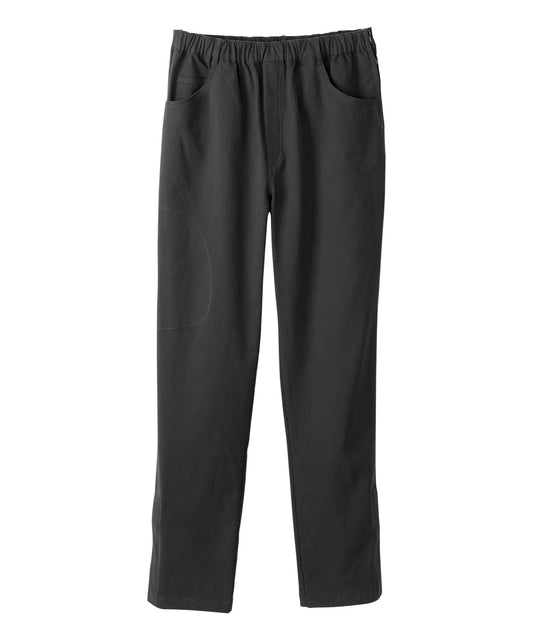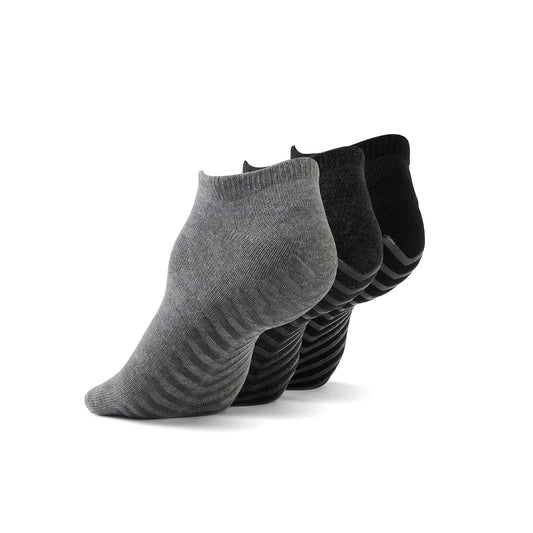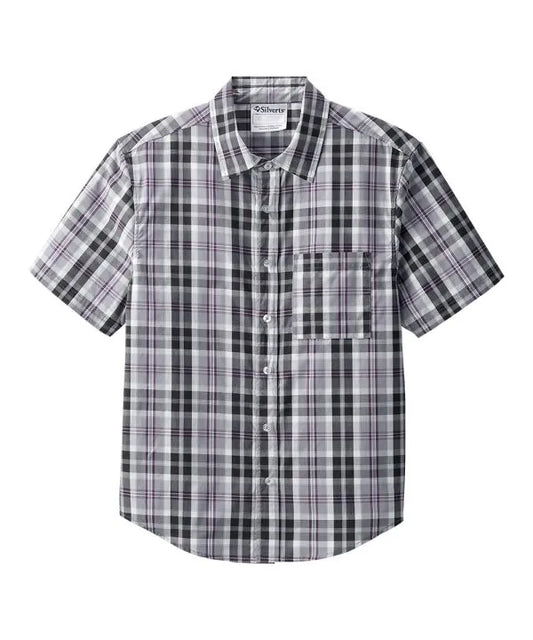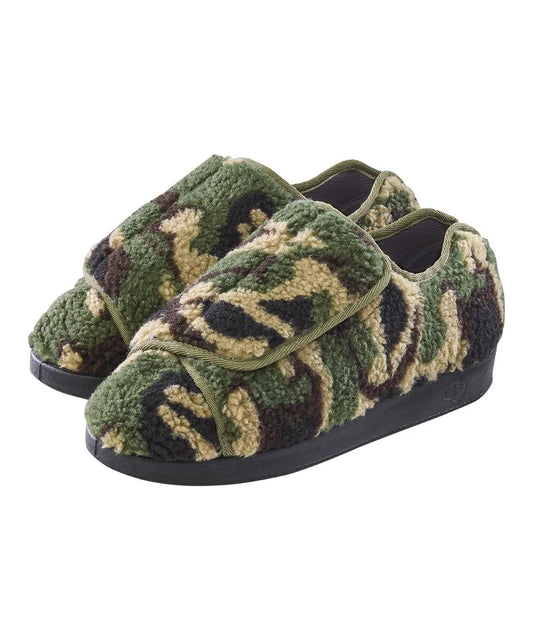Written by: Shreeya Shah
Getting dressed doesn't have to be an obstacle course. For many individuals who have a disability, live with chronic pain or arthritis, or have limited mobility or dexterity, putting on a shirt or a pair of pants can turn into a stressful, painful ordeal. Dressed is typically a concept defined by the use of standard closures, buttons and zippers. Though these are ubiquitous, they are not always highly functional for those managing a reduction of dexterity, range of motion, and other factors. Greatly improving the situation is the growth of adaptive fashion that is emerging to address these issues and challenge the traditional view of what fashion is by creating new styling that is much more stylish, comfortable, and accessible.
As pseudo clothing continues to emerge through innovative design, sophisticated solutions for getting dressed with minimal effort have emerged as stylish and engaging options to wearing traditional closures. Adaptive options, such as Velcro-fastened garments, magnetic closure, side openings, and elastic waistbands, are easy to manipulate, fashionable, dignified, and boost self-confidence. This blog discusses the most effective alternatives to standard closures, how to keep your style, professional-level adaptive wear, where to shop, and provides tips on how to transition your wardrobe easily!
Best Alternatives to Traditional Closures
The fashion industry has started to recognize that designing clothes with accessibility for everyone in mind is just as valuable as any other feature. Velcro closures are one of the most reasonable and natural options available. They are particularly suited to anyone who struggles with fine motor skills or has discomfort in their hands, making them practical in everything from tops to shoes.
Magnetic closures are another extremely effective closure that provides a sleek, uninterrupted look without the task of buttons or zippers. This closure type is often thought to be hidden to the eye, but is realistically under a design feature such as a faux placket, giving the impression of a traditional garment. Magnetic closures are primarily found in jackets, shirts, and dresses. Elastic waists have been a significant solution for comfort, but their place in adaptive wear is notable. Elastic waists provide flexibility of body shapes, as well as supportive clothing that also makes the dressing experience much easier, particularly in a seated position.
Side-open garments, found mainly in pants and outerwear, are extremely practical for dressers who cannot bend or twist. Snap buttons look like regular buttons, but require significantly less coordination and hand strength. All of the closures described are generally more comfortable fasteners, and each promotes additional independence when dressing and improving daily routines. For people recovering from surgeries, living with chronic pain, or managing progressive conditions like Parkinson’s or multiple sclerosis, these alternatives can mean the difference between frustration and freedom.
How to Maintain Style with Easy Closures
Selecting accessible clothing does not mean that you need to give up style. There is no need for compromise anymore; the adaptive clothing of today is also stylish. Designers of adaptive clothing are demonstrating that style and function can co-exist wonderfully. Today's adaptive clothing incorporates trend-forward fashion and uses hidden magnets or Velcro closures in a way that mimics classic clothing.
Oftentimes, the closures will be integrated into the placket or seams of the clothing, ensuring that the clothing looks indistinguishable from a traditional style. This represents a milestone for anyone wanting to look " put-together" while reducing the difficulty of dressing.
Brands like June Adaptive have committed themselves to inclusive design that prioritizes both aesthetics and functionality. For instance, the Women’s Magnetic Zipper Active Jacket by June Adaptive combines a sleek, athletic look with an easy magnetic zipper, making it an ideal option for active individuals who want performance and flair.
Likewise, the Men’s Sherpa-Lined Jacket with Magnetic Closures retains a timeless flannel style while introducing adaptive features that ease the dressing process without compromising on warmth or looks. The above all demonstrates that adaptive fashion is no longer about compromise, but instead about creativity and inclusion.
Clothing choices are part of our expression. Today's designs allow those who have difficulty with mobility or dexterity to experience seasonal examples, bold colours, flattering silhouettes, and fabric quality, just like anybody else. This upgrade to adaptive fashion allows improved access to what was previously reserved for a few, but also helps destigmatize disability in the fashionable space, normalizing a continuum of needs and bodies.
Are There Professional-Looking Velcro Options?
Adaptive clothing has come a long way since hospital gowns or basic loungewear. We now have tailored pants, fitted blazers, and dress shirts, complete with Velcro or magnets, which will allow someone to be comfortable and released from worry while still looking fresh and professional.
Structured blazers with hidden Velcro fasteners will give you the illusion of a tailored jacket without the struggle of aligning buttons and zipping. Adapted trousers have side Velcro closures that sit flat against your body but still look tailored and polished.
Adapted dress shirts are also available with the same visual representation as buttons, but use magnets or Velcro strips to allow an individual to get dressed efficiently and independently. Most of these styles of clothing have luxurious fabrics that will keep their shape, be wrinkle-free, and allow for a full day of wear, all while maintaining comfort.
For individuals who work in corporate office settings, need to dress up for formal events or for someone who just likes to be well put together, adaptive clothing provides the personal style and aesthetic of traditional clothing while maintaining comfort, accessibility, alongside dignity.
Board meetings, interviews, and family weddings are all important, and you should have the same opportunity to look and feel great. And with adaptive fashion, a variety of options are available to help you do just that.
Where to Find Fashionable Low-Effort Clothing
Thankfully, you don’t have to look far anymore. June Adaptive is redefining what adaptive fashion looks and feels like, offering a catalogue filled with thoughtful designs made to empower, not just clothes. From sleek magnetic-closure jackets to soft elastic-waist pants and slip-on shoes, every item is crafted with both independence and style in mind.
What sets June Adaptive apart is how seamlessly it blends function and fashion. The garments don’t just address dressing challenges—they look good while doing it. Whether you need clothes for everyday comfort, professional settings, or even formal events, June Adaptive ensures you’ll find something that suits your style and supports your needs.
By focusing solely on inclusive, adaptive wear, June Adaptive has become a go-to destination for people who want more out of their wardrobe: more comfort, more ease, and more dignity. And with designs for both men and women, there’s a wide range of pieces that help you feel good while getting dressed.
The best part? Every product is designed with you in mind, reflecting real feedback, needs, and experiences from the adaptive community. You’re not just buying clothes, you’re investing in quality of life.
How to Transition Wardrobe to Easier Options
Replacing your current wardrobe for an adaptive one is a process that can be done methodically without adding extra stress to your daily life. First, take note of what items you are having the most difficulty with in your current wardrobe. Are your jeans hard to do up? Are your jackets lengthy and difficult to put on? Start to replace these difficult items with new alternative adaptive pieces.
This should start with high-use items (pants, tops, and jackets) that will make the most significant difference in your daily comfort. When considering new items, try and select items that are flexible enough to be used in a variety of contexts. For example, look to find shirts that are casual and professional, or shoes that can look good and be comfortable across multiple opportunities.
The Men’s Denim Jacket with Magnetic Buttons is a great example; it offers the classic appeal of a denim jacket while introducing a magnetic closure system that simplifies dressing.
You should also maintain your style during this shift. Choose colours, cuts, and fabrics that make you comfortable and feel inspired. You don't have to forsake your preferences; adaptive fashion is simply broad and diverse enough to encompass many styles.
You may have the most success by combining adaptive fashion items with clothes that you already own in your closet. If you have a nice new amazing adaptive top and you pair it with your favourite jeans, or if you wear a great jacket, or a nice shirt with elastic waist pants, you may find the transition easier.
Don't underestimate the psychological aspect of this shift. For some people, adopting adaptive clothing may feel like acknowledging physical limitations, but in reality, it is a celebration of autonomy. Transitioning to adaptive clothing is allowing a person their individuality, saying, “I choose what works for me.” It offers comfort, dignity, and expression.
Final Thoughts
‘Low-effort dressing’ encompasses clothing that doesn’t have zippers, clothing that uses Velcro, and clothing that hardly looks like clothing at all. It encompasses so much more than just style; it is a way of life, a way of living more inclusively, with more dignity, and more accessibility. For a person who has been creative with various fastener types for a long time, or for those who have recently entered new phases in their lives due to acute/chronic illness, or old age, adaptive fashion opens the door to new possibilities.
This clothing is about independence. It’s about relishing the simplicity of getting dressed each day. Whether you are dealing with temporary recovery, a lifelong disability, or prefer comfort and ease over the repeated practice of changing clothes, low-effort clothing can provide delight in your routine and ease in the soul.
Explore the diverse range of adaptive clothing at JuneAdaptive.com, where thoughtful design meets everyday ease. To read more posts like this and receive updates, sign up below for the June Adaptive newsletter.
Choose clothes that care as much as you do. Dress with ease, with dignity, and with pride.















